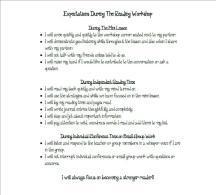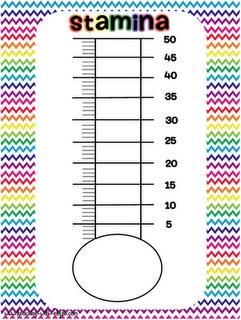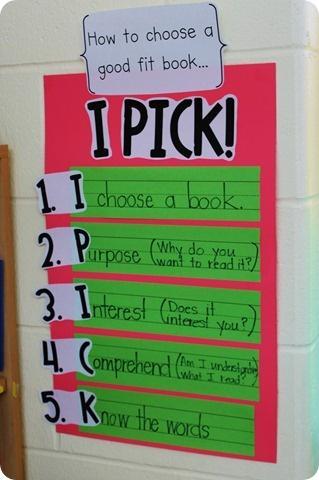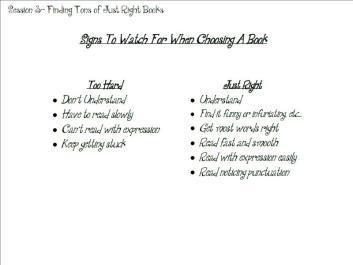In the last Reader’s Workshop Tips and Tricks #1 I talked about how to get to know your students before you begin your Reader’s Workshop.
This weeks Tips and Tricks are based around getting the first few weeks off the ground!!
Before a child can have an interest in reading, he must first have an awareness of it. The child who is unaware of the riches of literature certainly can have no desires for them. ~ Jim Trelease
I have to admit that I am a Reader’s and Writer’s Workshop junkie…I love scouring the web looking for new ideas to integrate into my classroom. I have learned a few things over the past years while teaching Reader’s Workshop in my fourth grade classroom. I thought it was about time I put them down and shared some of the tips and tricks that I have been taught.
The most important piece of advice I have ever received about implementing and learning Reader’s Workshop is you need to give yourself time and grace! There is no one that is able to implement it all at once without taking the time to get to know each of the parts in-depth. Experts say that it takes at least three years for an educator to have all parts of the workshop fully implemented and thriving. The advice that was given to me was to make the first year you do workshop make it the “year of the mini”. Start off really concentrating on getting to know your minilessons. I find that the best format to organize these lessons and really keep track of all of the parts is using the same format that Lucy Calkins uses. The only thing I did for my own lessons for the first year…and for those of you that may have some of my lesson is I eliminated the “mid-workshop teaching point”. Then about half way through that first year I was able to grasp how and when to insert that “mid-workshop teaching point”. Now a few years in, I have become artful at doing and I know the lessons well enough to really know what the students need and where they are missing pieces.
I have developed a Reading Workshop Launching Unit for grades 3-5. Today I am giving it away for 10 cents on Teachers Pay Teachers and Teachers Notebook!!!!!! That is because it is not only a Tips and Tricks Day but it is also time for the Sunday Stress Sale!!!

In that unit some of the very first lessons include…
Setting expectations for behaviors during the mini lessons, independent reading time, and partner work.

Next you should set goals for reading as a class. I keep these posted all year.
Through the next week you will review the typical starter mini lessons like “Signs to Watch for When Choosing a Book” and “Reading Fast, Long, and Strong”. During this time you will be continually trying to build their reading stamina. Over the past few years I have used Stamina Graphs as recommended by the “The 2 Sisters” who have written Cafe and The Daily Five.

I highly recommend if you are a lower elementary teacher that you check out the linked websites above. The Sisters really have done a fabulous job giving resources that you can use tomorrow!

Source: theinspiredapple.blogspot.com via Mackenzie on Pinterest

Last but not least, you need to set up partnerships. These partnerships start off minimal and using them only a few times a week with very specific conversations. Then during the next unit which is our Character Study, they are ramped up. By this time they have had a lot of experience with accountable talk and are ready for action!

Later this week I am very excited to blog on the Tips and Tricks of conferring. We just had an amazing PD day with a woman who had the coolest ideas and set up to her conferring…so get excited for that to come your way!!!
-Mackenzie

